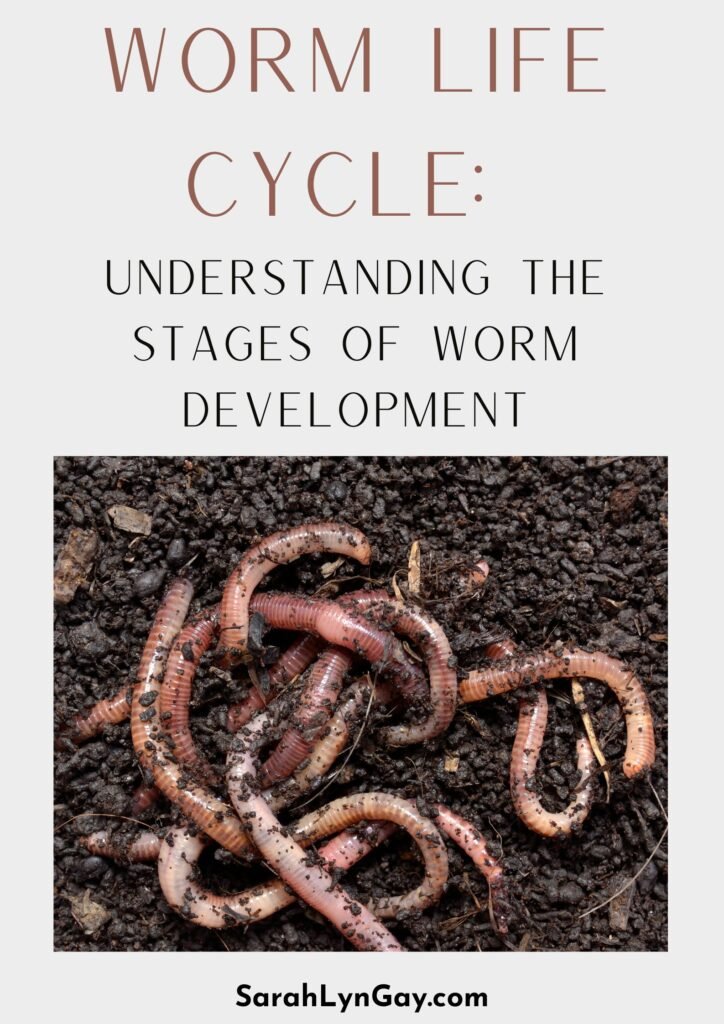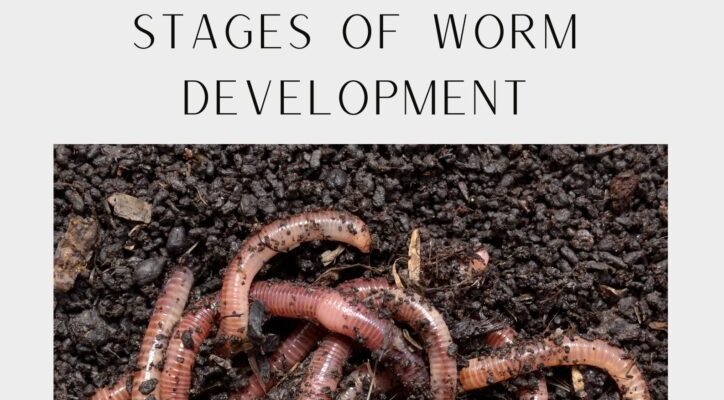
Let’s delve into the world of wolf worms and their unique life cycles. Knowing how they develop can give us better insights into the ecosystems they impact. As we explore each host species, you’ll see how these worms adapt, grow, and thrive. So grab a coffee, and let’s break it down together!
What Are Wolf Worms?
Wolf worms, scientifically known as **larvae of the cuterebra fly**, are parasites that invade various host mammals. These worms have an intriguing life cycle starting from eggs laid by adult flies. Once the eggs hatch, the larvae attach to a host, usually small mammals like rabbits, squirrels, or even pets like cats and dogs. The reason they’re called “wolf worms” isn’t entirely clear, but they could be compared to wolves sneaking through the woods to find their prey—quiet yet efficient.
Once inside their host, these larvae can cause various symptoms, depending on the host species. It’s a bit like having an uninvited guest that’s more than just a nuisance—they can lead to serious health issues. Therefore, understanding the development timelines, depending on the host, is crucial for managing their impact.
Development Timeline: Rabbits
When it comes to rabbits, wolf worms have a fascinating development timeline. The **life cycle can take about 30 days** in a rabbit host. After the adult cuterebra fly lays its eggs, they hatch and quickly find their way onto the rabbit’s fur. This first stage is critical, as it sets the stage for the larvae to enter their host.
Once they penetrate the rabbit’s skin, they’ll start feeding and growing inside a protective cyst. Here’s a little breakdown of their timeline in rabbits:
- **Egg Stage:** 1-2 days — Eggs are laid on the fur.
- **Larval Stage:** 30 days — Larvae develop post-entry into the host.
- **Pupation:** 10-14 days — They eventually leave the host to pupate in the soil, ready to emerge as adult flies.
You might be wondering why this matters. For rabbit owners and wildlife enthusiasts, knowing this timeline helps in identifying any signs of infestation and seeking prompt medical intervention.
Development Timeline: Squirrels
Squirrels present a different scenario. With them, wolf worms tend to grow more slowly. The development timeline can span about **6-8 weeks**. Similar to rabbits, the larvae hatch from eggs on the fur and work their way into the skin. However, because squirrels are generally more active and have thicker skin, the larvae experience a different set of challenges.
Here’s a quick glance at their timeline:
- **Egg Stage:** 1-2 days — Just like rabbits, eggs are laid on the fur.
- **Larval Stage:** 42-56 days — The larvae develop and grow inside the host.
- **Pupation:** 2-3 weeks — Once matured, they leave their host to pupate.
The longer development period for squirrels means that they could harbor these parasites longer, potentially leading to complications. Being aware of how wolf worms interact with different species can be eye-opening!
Development Timeline: Dogs and Cats
When wolf worms target dogs and cats, their development timeline can be quite alarming. The lifecycle here can stretch from **4-12 weeks**. The reason for this wide range often comes down to the health and size of the pet involved. A healthy, larger dog might resist the worm’s effects better than a smaller or weaker one.
Here’s what the timeline looks like for furry friends:
- **Egg Stage:** 1-3 days — Eggs are laid on the fur or near habitats.
- **Larval Stage:** 28-84 days — Worms can grow to a considerable size inside.
- **Pupation:** 10-14 days — The larvae look for a safe spot to emerge and mature.
Here’s the thing: if you’re a pet owner, knowing this could save you a lot of stress. The sooner you recognize the signs—like unusual lumps or behavior changes—the better the chance of a quick recovery.
Development Timeline: Other Mammals
Wolf worms also target many other mammals like raccoons, opossums, and even some livestock. The development timeline in these hosts can vary but generally sits between **3-8 weeks**. Each mammal poses different challenges for the larvae. For instance, the thick skin of a raccoon may slow down their process, while smaller mammals might be more susceptible.
The breakdown looks like this:
- **Egg Stage:** 1-3 days — Eggs laid in the fur or environment.
- **Larval Stage:** 21-56 days — Depending on the host’s size and health.
- **Pupation:** 2-3 weeks — Larvae mature and wait to hatch into adult flies.
Understanding this can allow wildlife enthusiasts or farmers to monitor for signs and take preventive measures.
Impacts and Management Strategies
Understanding these development timelines is crucial for managing the potential risks associated with wolf worms. In addition to recognizing symptoms in pets and wildlife, you can take steps to mitigate the risks. Regular grooming can help identify any unwanted guests early. If you spot unusual growths or symptoms, consult your veterinarian or a wildlife specialist right away.
Here are some management strategies:
- **Regular Inspections:** Check pets and livestock for lumps or unusual behavior.
- **Maintain a Clean Environment:** Reducing nesting areas can limit exposure.
- **Prompt Veterinary Care:** Don’t wait—seek help at the first sign of infestation.
Taking these preventive steps can make a huge difference in protecting our furry friends.
In summary, the development timelines of wolf worms depend heavily on their host species, ranging from a few weeks in rabbits to several months in dogs and cats. Each host presents its challenges and timelines, shaping how wolf worms grow and thrive. By understanding these differences, pet owners, wildlife enthusiasts, and farmers can better manage the risks.
So, the next time you hear about wolf worms, you’ll know there’s more to the story. Awareness is key! Keep an eye out for those subtle signs and act quickly. It’s all about staying informed and proactive to keep our animal companions safe and healthy. If you have any experiences or insights related to wolf worms, I’d love to hear them!

